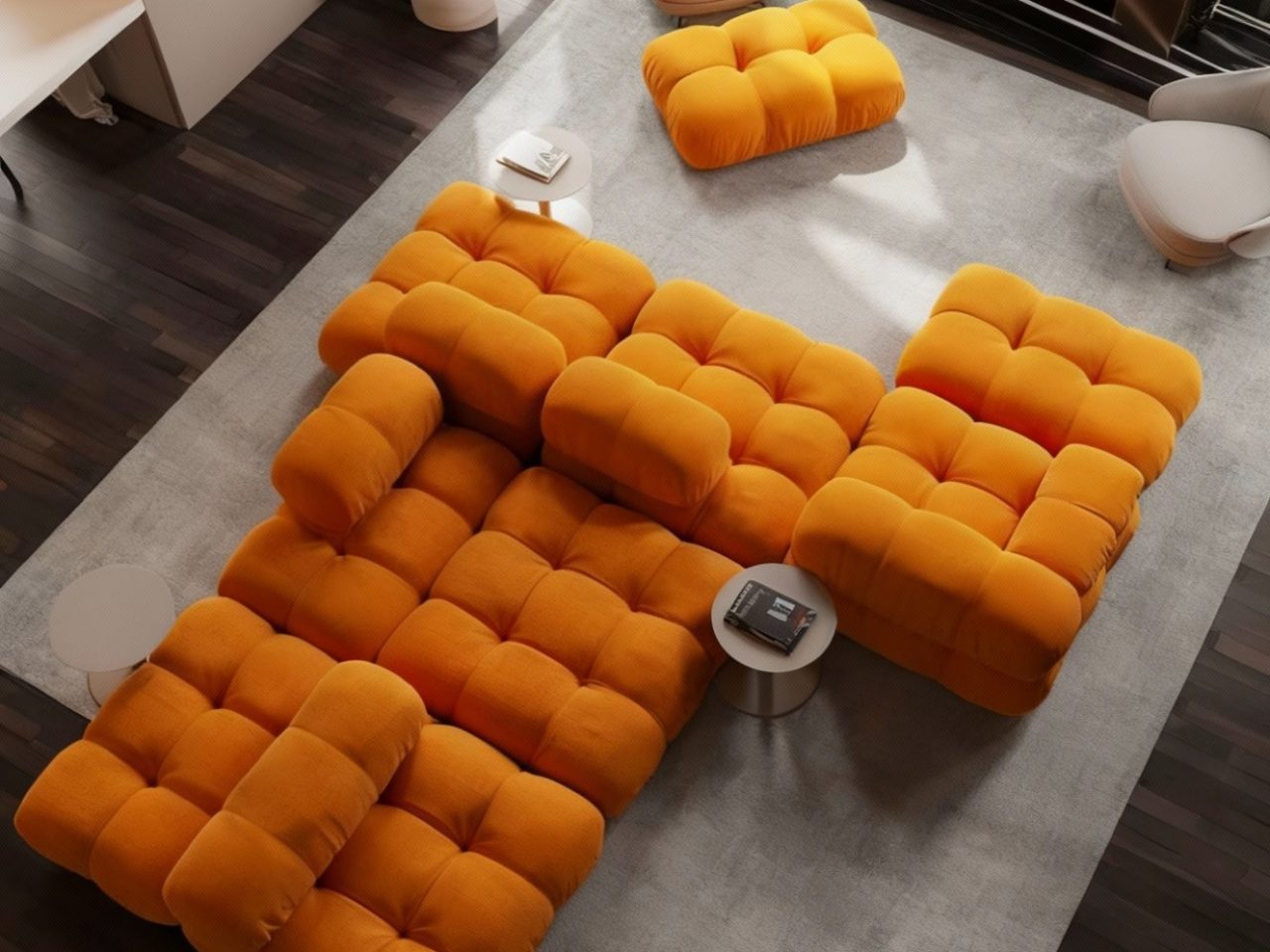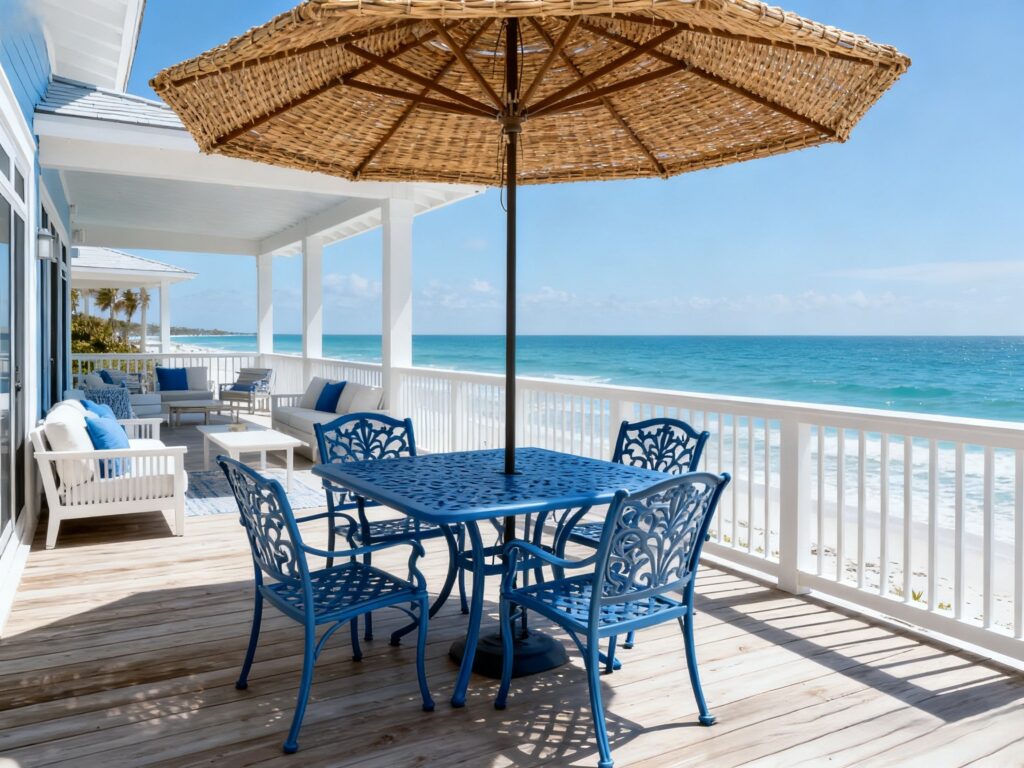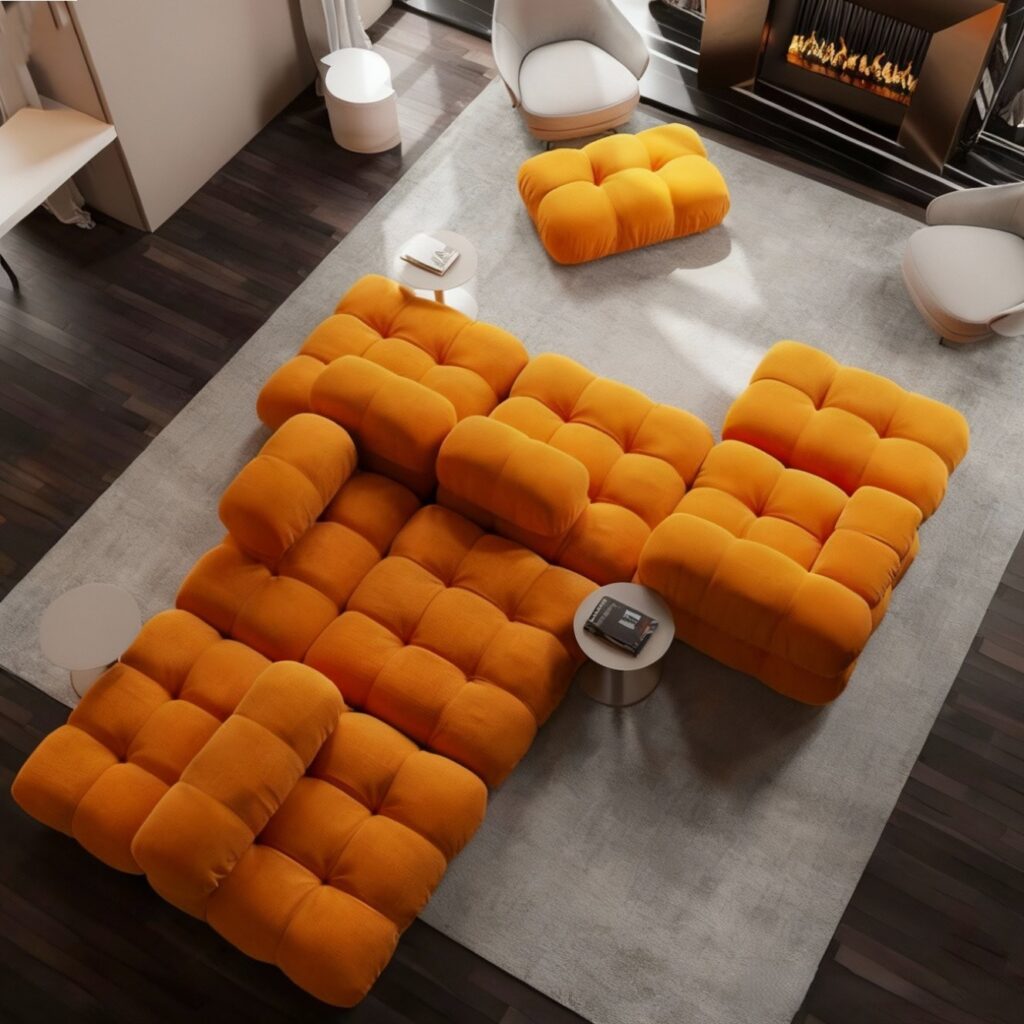Modern Minimalist Meets Leather: 5 Design Rules to Avoid the "Old-School" Look
- lasie
- 2025-10-31

Introduction: Why Leather Sofas Are Misunderstood
Leather sofas have long been a symbol of luxury, comfort, and craftsmanship. However, for many homeowners, they’re often associated with a traditional or even “old-fashioned” look — heavy, dark, and formal. In today’s modern minimalist homes, this image doesn’t always fit.
But the truth is, leather furniture can be timeless and effortlessly modern — if you choose the right design, color, and styling approach. Let’s explore how to make your leather sofa feel fresh, stylish, and perfectly suited to a minimalist interior.
Choose the Right Color Palette
One of the easiest ways to make a leather sofa look outdated is color. Deep brown or dark red tones can feel too traditional. Instead, opt for modern neutral hues such as beige, tan, caramel, taupe, olive, or light grey.
Pairing your leather sofa with neutral walls, wooden floors, and natural light helps achieve a soft, inviting look. Neutral tones also make it easier to add colorful accents later, such as cushions or rugs.

Opt for Sleek, Minimalist Designs
Lightweight Structure & Silhouette
Design plays a key role in whether a leather sofa feels “heavy” or “modern.” Skip bulky armrests, oversized cushions, and carved wood frames — these belong to the past.
Look for low-profile, slim-arm, or modular sofas with clean lines. Metal or wooden legs can add a floating, airy feeling to the piece.
- Tall and Slender Legs : A sofa must appear elevated. Choose models with slim, tall legs—preferably made of black metal or thin, tapered wood. This single feature creates crucial breathing space beneath the sofa, allowing light to pass through and making the entire piece feel less imposing and more sculptural.
- Slim Arms and Square Shapes : Reject the overstuffed, rolled arms of the past. Modern leather sofas feature minimalist design elements like thin, straight arms or even armless designs. Thin arms maximize the seating area while maintaining a strict geometric profile, aligning perfectly with the clean lines principle.

Material Finish: Smooth & Matte
The quality and finish of the leather itself drastically affect the perceived age of the sofa.
- Avoid High Shine : Overly glossy, high-shine finished leather often looks artificial and dated. Instead, choose matte or semi-aniline leather. These finishes have a rich, deep color without the distracting glare, offering a more tactile and natural modern appearance.
- Prefer Smooth Textures : Select a leather with a natural, subtle grain (such as full-grain or top-grain) that is smooth to the touch. Avoid heavily distressed, embossed, or deeply tufted patterns, which immediately pull the design back into the traditional realm.
Styling: Using Contrast to Inject Modern Vitality
Pillows and Throws: Contrast Textures
Use textiles to intentionally contrast the smooth, structured nature of the leather.
- Soft vs. Structured : Layer the sofa with tactile fabrics like chunky knits, faux fur, linen, or velvet. These soft textures provide visual warmth and inviting comfort, mitigating the perceived coldness or stiffness of the leather.
Color and Pattern: On a dark leather sofa, use crisp white or light gray linen pillows to create sharp visual contrast. On lighter sofas, introduce low-key geometric patterns or abstract prints to add visual interest without resorting to clutter.
Minimalist Side and Coffee Tables
The accompanying furniture must maintain the room’s sense of lightness and clean lines
- Recommended Materials : Select side and coffee tables made from highly contemporary materials: polished or brushed metal (such as matte black steel or brass), clear glass, or sleek, light-colored marble. These materials reflect light and appear less visually heavy than solid wood pieces.
- Simple Geometry : Opt for simple geometric shapes—a circular metal table, or a simple rectangular slab. Avoid complex drawers or heavy pedestal bases; the goal is to keep the floor area visible and clear.

Rugs: Layering and Definition
A rug grounds the sofa and defines the seating area, preventing the space from feeling cold or empty.
- Geometric and Textured : Choose a rug with a subtle texture (like a simple loop pile or Berber weave) or an abstract geometric pattern in neutral tones. The rug should be large enough to sit under the front legs of the sofa, visually anchoring it.
- Color Harmony : The rug color should act as a bridge, harmonizing the leather tone with the floor and wall color. For example, a light gray rug can seamlessly connect a cognac leather sofa to a white wall.
Lighting and Art: The Final Touch
Contemporary Lighting Design
Lighting is a sculptural element in minimalism. Use it to enhance the sofa’s shape.
- Linear and Sculptural Fixtures : Replace bulky lamps with sleek, linear floor lamps (e.g., arc lamps or pole lamps) or minimalist pendant lights. These fixtures draw the eye upwards, adding verticality and balancing the horizontal presence of the sofa.
- Ambient Atmosphere : Use warm, indirect lighting (2700K to 3000K) to create a soft glow. This warm light highlights the natural texture of the genuine leather and makes the space feel more inviting and less stark.
Art Selection Principles
Abstract and Minimalist Art : Select large-scale abstract paintings, simple line art, or striking black-and-white photography. These choices align with the clean lines ethos and draw focus without introducing distracting visual noise.
Framing : Opt for frameless canvas art or simple, thin-edged metal frames. The framing itself should be virtually invisible, allowing the art to be the primary focus, maintaining a seamless, modern look.
Conclusion: Balance is the Key to Timeless Design
Achieving modern minimalist harmony with a luxury leather sofa is an exercise in intentional contrast. It is not about abandoning the rich texture of genuine leather, but about strategically pairing it with lightweight structures and contrasting accessories. By focusing on tall legs, slim arms, matte finishes, and balancing the leather with soft textures and geometric metal accents, you can successfully integrate this classic piece into a contemporary space, ensuring your sofa remains sophisticated and everlasting.

you may also like
Cast Aluminum: The Ultimate ROI Investment for Luxury Resorts, Villas, and Hotels
Cast Aluminum: The Ultimate ROI Investment for Luxury Resorts, Villas, and Hotels Table of Contents 1.Shifting the Focus from Initial Cost to Long-Term Value The global hospitality market—especially the luxury sector of resorts, private villas, and high-end hotels—operates under intense pressure to maintain pristine aesthetics while handling non-stop, high-traffic usage. When sourcing outdoor furniture, procurement […]
Modern Minimalist Meets Leather: 5 Design Rules to Avoid the “Old-School” Look
Modern Minimalist Meets Leather: 5 Design Rules to Avoid the “Old-School” Look Table of Contents Introduction: Why Leather Sofas Are Misunderstood Leather sofas have long been a symbol of luxury, comfort, and craftsmanship. However, for many homeowners, they’re often associated with a traditional or even “old-fashioned” look — heavy, dark, and formal. In today’s modern […]


